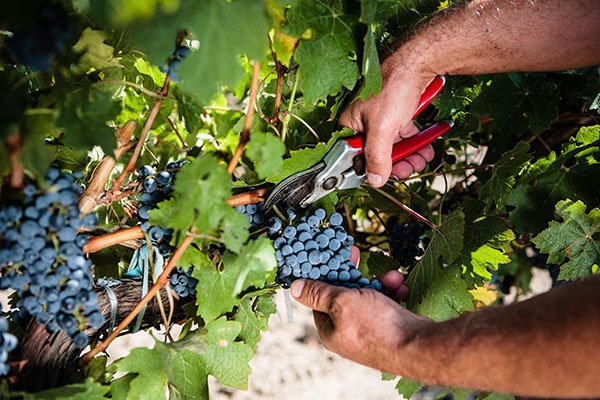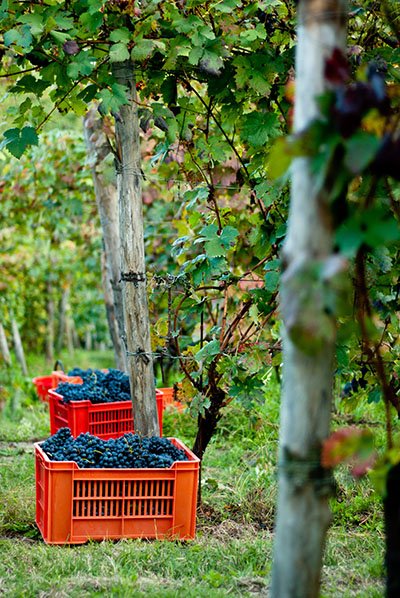Wine tours in Greece – Wine tasting
Wine tours in Greece
Some tips for your wine tasting during Trigiro wine tours!
During our tours in Greek nature, you will have the opportunity to taste greek wines.
To prepare yourself to enjoy the subtleties of their flavors, here are six basic things to know, which influence a wine during the production process.
Harvest date: The earlier grapes are picked, the higher the acidity will be, and the lower alcohol will be. In general, the later the grapes are picked, the better the wine will be. That is why winemakers try to wait till the best period, in the case of Xinomavro October, to collect the fruits. But it can be dangerous if the weather turn to rain and ruin the harvest… That is why some winemakers choose to collect before the optimal ripeness. If the harvest is made too late though, it is possible to add acidity afterwards so that the wine doesn’t taste too flabby. Sometimes, water is also added to reduce alcohol concentration, which can explain why so many commercial wines have an identical ABV level of 13.5%.
Maceration time: It refers to how long the skin of the fruit touches the juice, while turning into wine, which will determine its color. The idea is that a cold soaking, by preventing yeast from turning into alcohol, will allow to extract an intense red color and more fruit flavors, without extracting bitter tannins. On some markets, like China, the color of the wine is a determinant factor for customers.
Fermentation temperature: It can be hot (26-37°) or cold (6-10°). A cold fermentation temperature is generally used for whites and rosés, in order to preserve delicate aromas, more likely to be lost at a higher temperature, when reactions happen faster.
Punchdowns vs. Pumpovers: During the fermentation, wine must be blended three times a day. It can be made by hand, which is a delicate way of stirring, adding almost no amount of oxygen. Pumpovers are more intense and allow to extract a higher amount of tannins.
Oak vs Steel Tank: If the wine is conserved in oak, it will taste smoother and rounder, with some vanilla aromas. Plus, oak increases wine exposure to oxygen while aging, which decreases tannins and helps reach the optimal fruitiness. On the contrary, if wine is conserved in steel, it will taste zesty, juicier and more refreshing. Also the oxygen exposure is limited.
Cork vs Screw-cap: Here again, it is a question of control of oxygen. The cork allows more oxygen to pass whereas screw-caps doesn’t.
Now when you will enjoy a good wine after some biking or hiking in the forest with Trigiro, remember these explanations, and try to analyze how the wine in your glass was produced!



